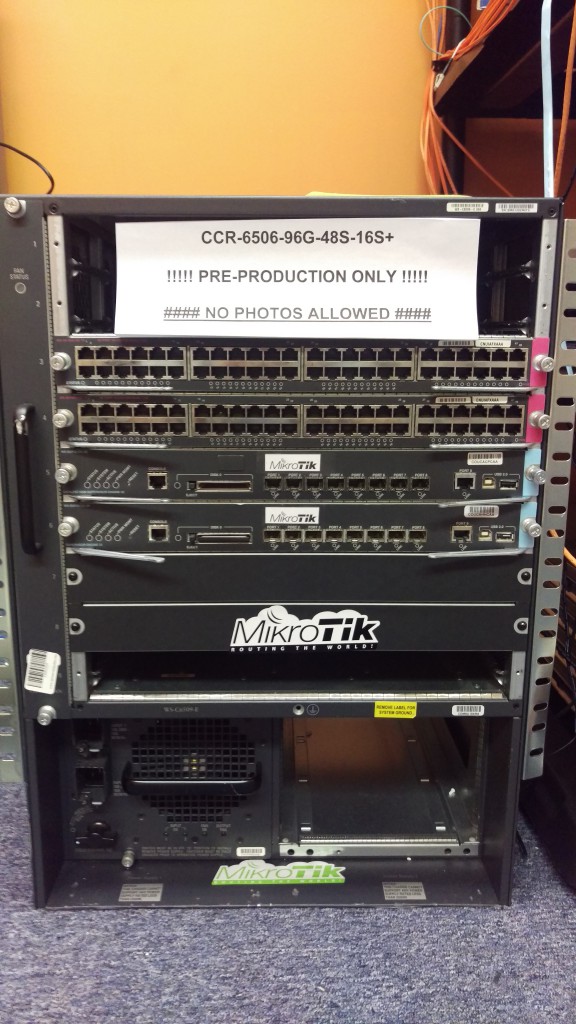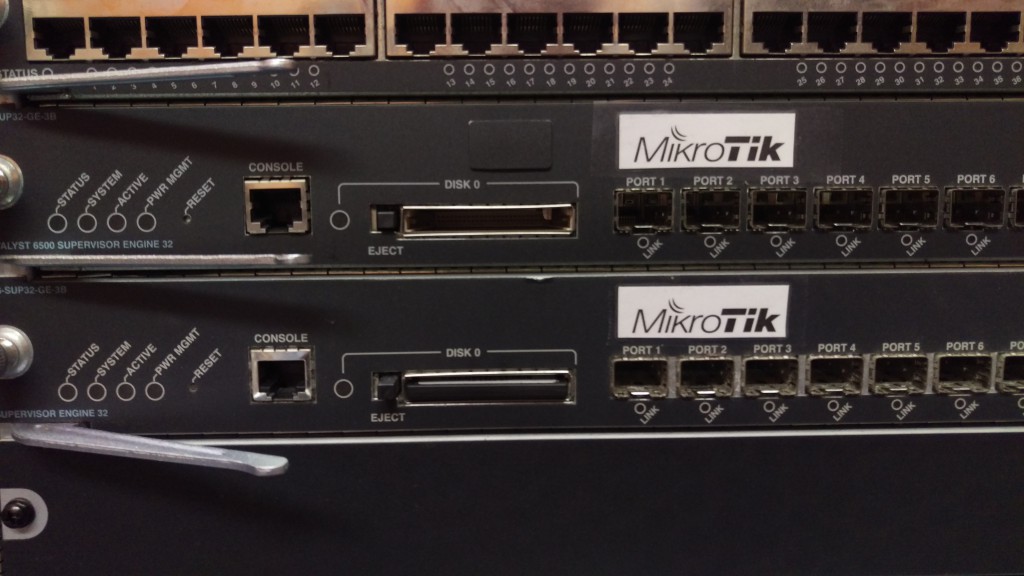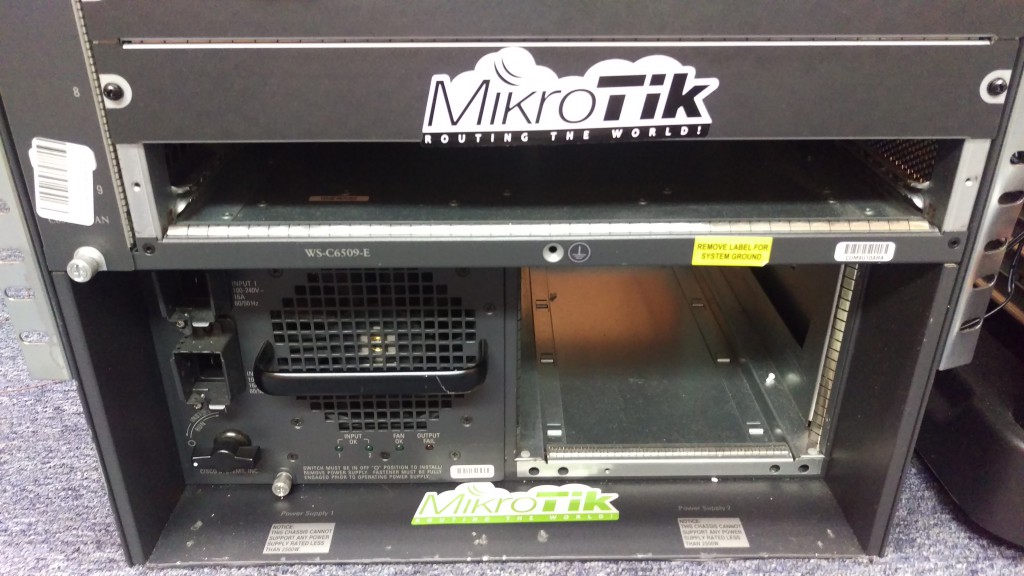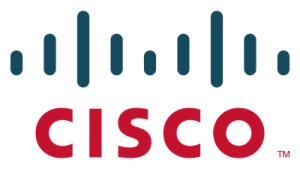0
FCC votes to expand Lifeline program to include broadband subsidy
The Federal Communications Commission voted 3-to-2 along party lines Thursday to expand the Lifeline telephone subsidy for low-income Americans to include Internet access.The decision generally follows an earlier proposal by FCC Chairman Tom Wheeler, a Democrat, to expand Lifeline's current $9.25 monthly phone subsidy to include broadband Internet access or bundled voice and data service plans. The fixed speed of the service will be based on what a "substantial majority of consumers receive," which is currently 10 Mbps for downloads and uploads. The changes are expected to go into effect by Dec. 1.To read this article in full or to leave a comment, please click here














